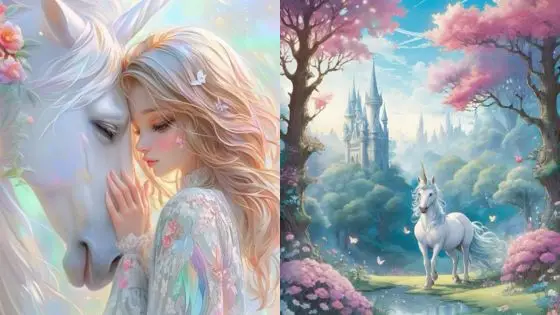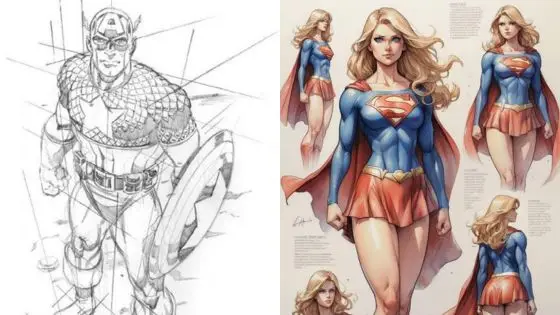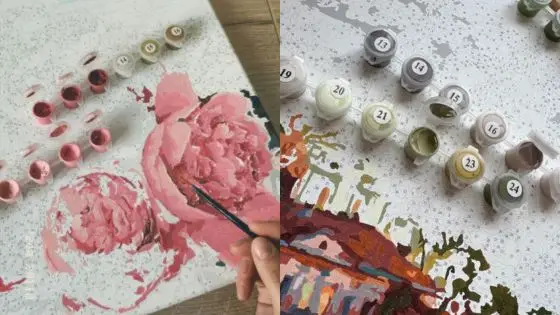If you’re looking to spark your creativity and explore your artistic side, cute drawings can be a delightful way to express yourself. This article will present you with seven charming drawing ideas that are sure to inspire your next artistic endeavor. Whether you are a beginner or have some experience, these ideas can help you create fun and engaging artwork.
Cute drawings not only provide a relaxing outlet but also allow you to share joy with others. You can connect with friends and family through your art, making these ideas perfect for gifts and personal keepsakes.

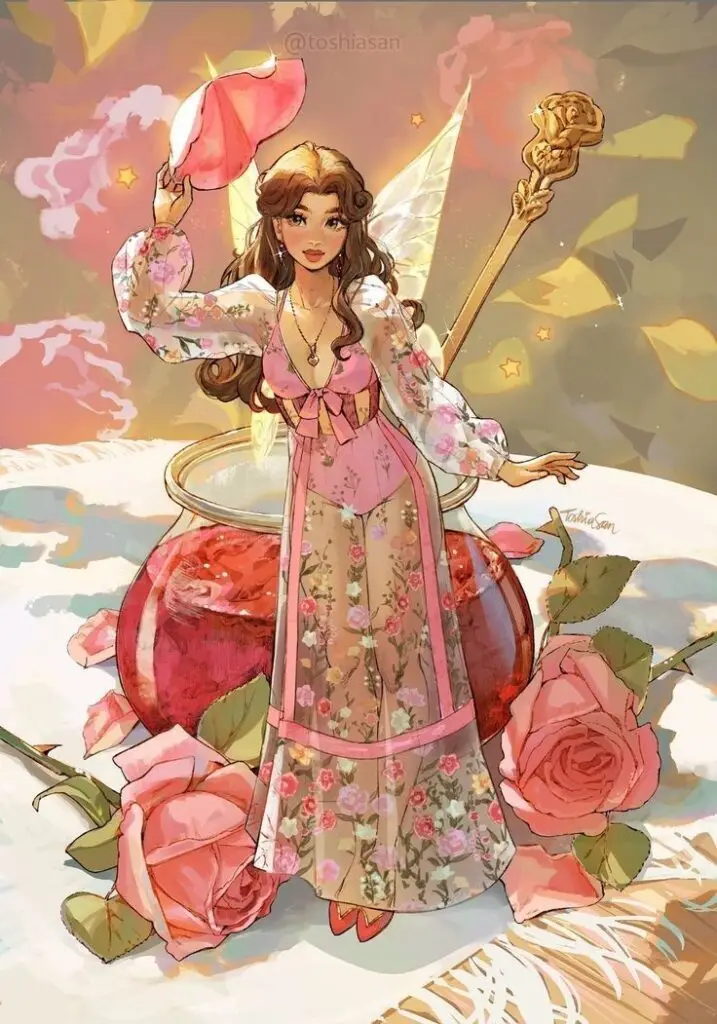
1) Cartoon Cat
Drawing a cartoon cat can be a fun and creative project. Start with a simple oval shape for the head.
Next, add two large, rounded ears on top. These should be slightly pointed to give your cat a playful look.
For the eyes, create two big circles, leaving room for highlights to make them lively.
Draw a small triangle for the nose, positioned in the center below the eyes.
You can add a curved line for a smiling mouth, giving your cat a friendly expression.
For the body, sketch a rounded shape beneath the head, followed by short legs and a long, curved tail.
Feel free to add stripes or spots to give your cartoon cat personality.
Experiment with different colors to make your drawing stand out.
Cartoon cats can have various styles, so let your creativity flow.
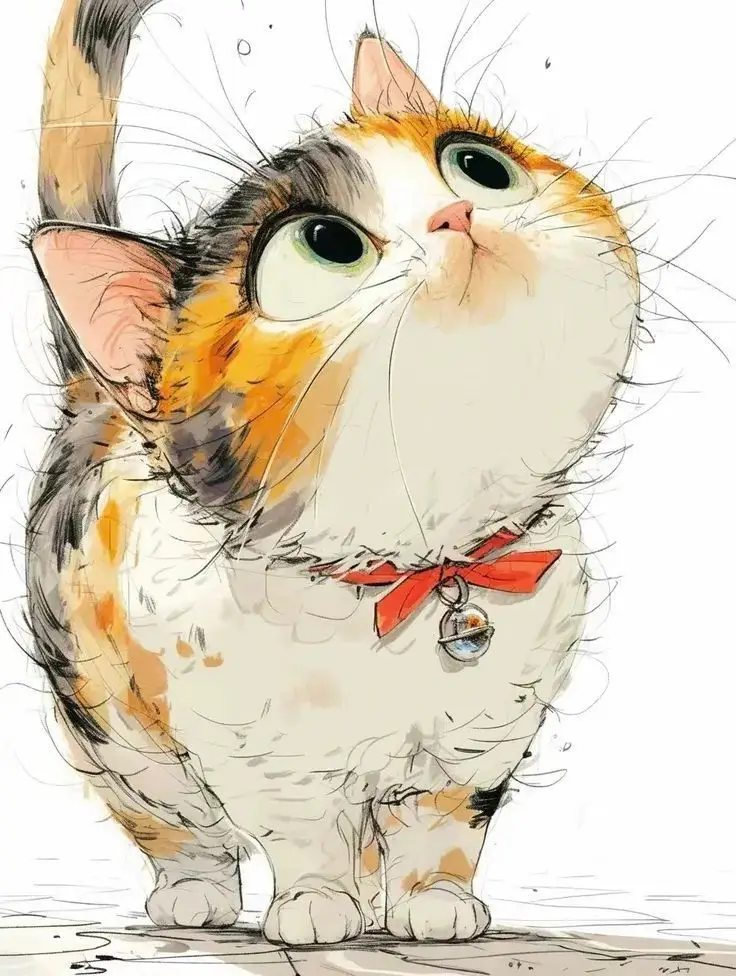
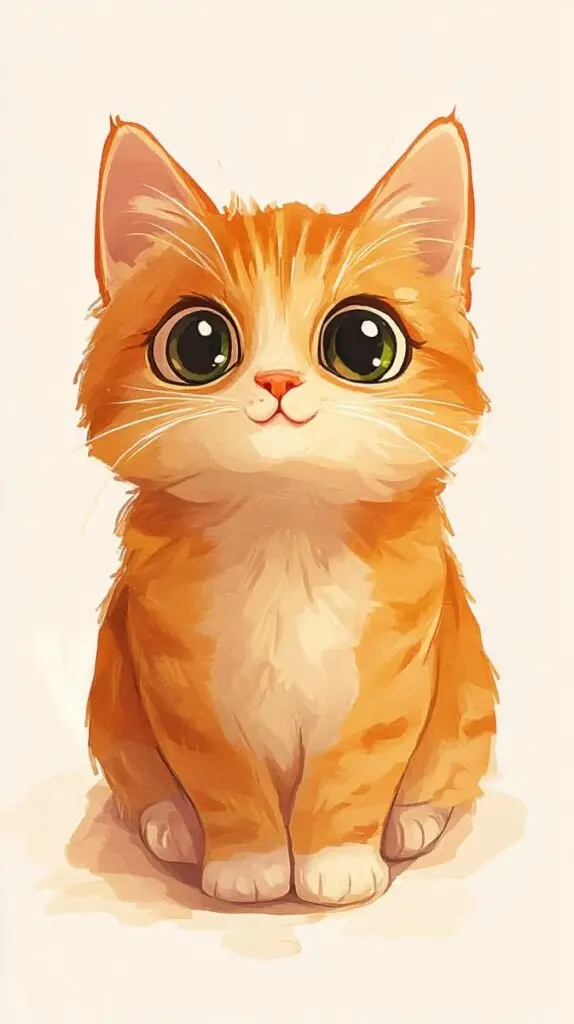
2) Dancing Ballerina
A dancing ballerina makes for a delightful drawing subject. Start with a graceful pose; perhaps she is mid-leap or in a classic arabesque. Focus on her fluid lines to capture the elegance of ballet.
Use soft, flowing curves for her body and limbs. Pay particular attention to the arms and legs, as they convey movement and grace. You can portray her tutu with layers to add texture and dimension.
Consider incorporating a stage background or simple musical notes. This can enhance the overall ambiance of your drawing. Light shading can help create depth, especially in her ballet shoes and tutu.
Experiment with different angles. A side view can showcase her profile, while a front view highlights her facial expression. Choose colors that reflect her energy and spirit, such as soft pastels or bright hues.
With practice, you can refine your technique and style. Let your creativity flow as you bring your dancing ballerina to life.

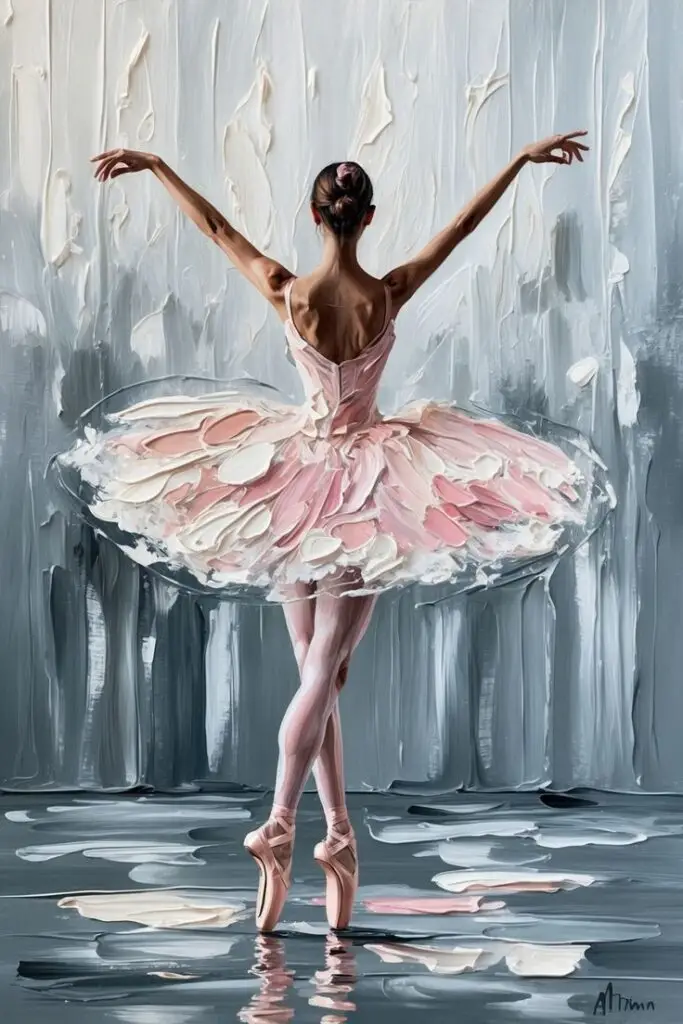
3) Cozy Cottage
Picture a cozy cottage nestled among tall trees. This scene evokes a sense of warmth and tranquility.
Start with a simple structure: a small house with a thatched roof and a chimney. Add windows with flower boxes, filled with colorful blooms. The welcoming door can have a charming wreath.
Incorporate details like a stone pathway leading to the entrance. You can scatter a few big rocks or logs around the property for a natural look.
Don’t forget to include some greenery. Draw a garden with vibrant flowers or a small vegetable patch. Adding a few trees can enhance the peaceful atmosphere.
To capture the cozy vibe, consider drawing soft smoke curling from the chimney. This element suggests the warmth of a fire inside, inviting the viewer in.
You can also depict cozy furniture on the porch or lanterns hanging from trees. These details make the scene feel lived-in and inviting.
Experiment with colors to convey the mood. Earthy tones can create a serene environment. Bright accents can bring energy and life to your drawing.
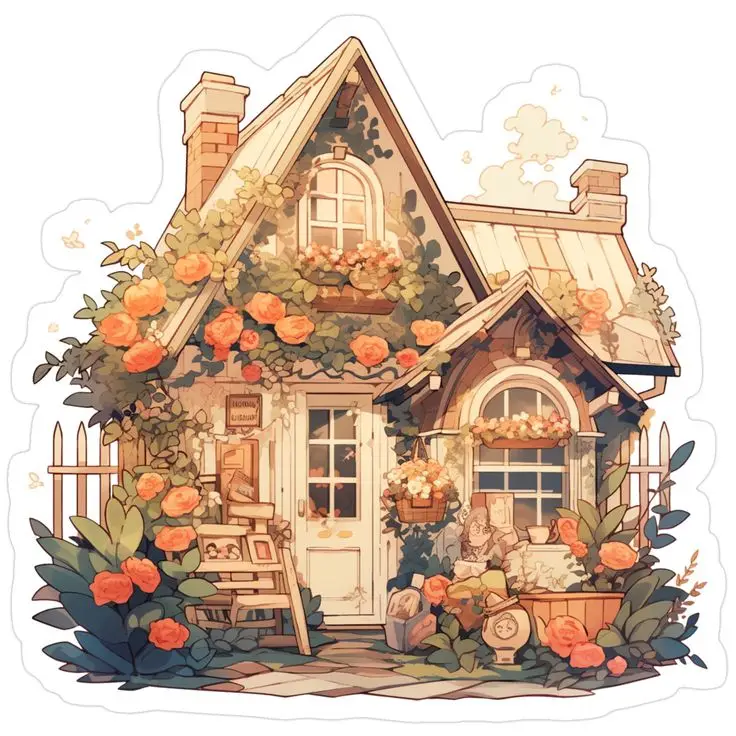
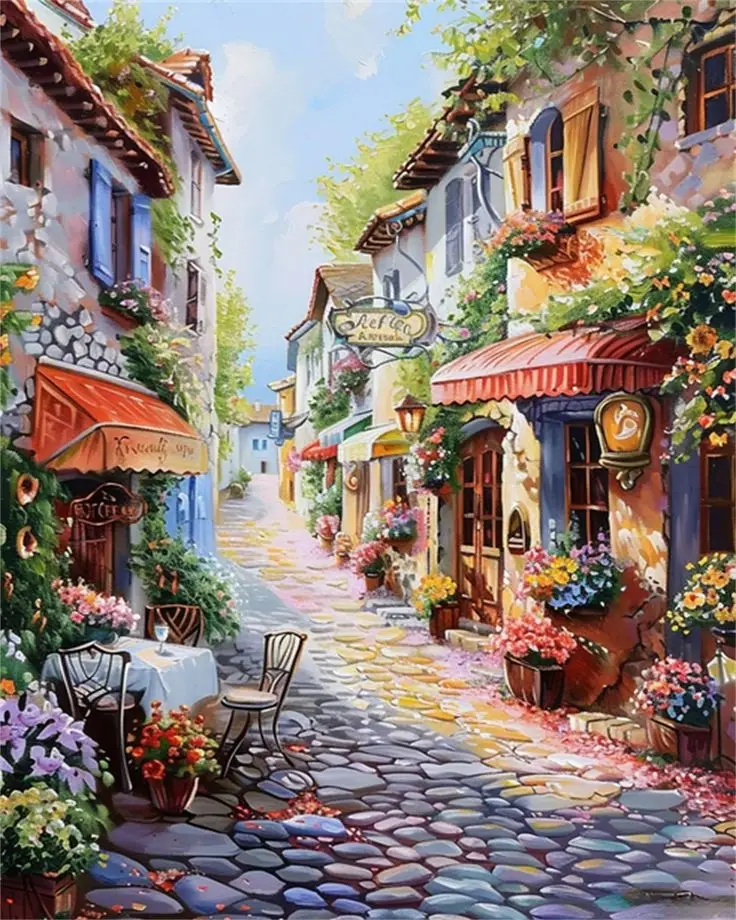
4) Playful Puppy
Drawing a playful puppy captures the energy and joy these animals bring. Start by sketching a simple outline of the puppy’s body. Focus on its rounded shapes to convey a sense of playfulness.
Next, add details like floppy ears and large, expressive eyes. These features can make your drawing feel lively and engaging. Consider showing the puppy in action, perhaps chasing a ball or wagging its tail.
Use soft, curvy lines to enhance the playful aspect. Experiment with different poses, like jumping or rolling over. This brings extra movement to your drawing.
Don’t forget to add textures to the fur by using short, quick strokes. This adds depth and realism. Lastly, consider a vibrant background to emphasize the puppy’s playful nature, like a grassy field or a sunny park.


5) Sunny Beach Scene
Creating a sunny beach scene can be both fun and relaxing. Start by sketching a horizon line where the sky meets the ocean. Use soft curves to shape gentle waves.
Add a vibrant sun in the sky. Bright yellow or orange hues can convey warmth and light. Consider including fluffy white clouds for extra detail.
Next, draw the sandy beach. Use light browns and yellows to depict the sand. Small details like seashells or beach towels can enhance the scene.
Include beachgoers enjoying the sun. They could be sunbathing, playing, or building sandcastles. Capture their poses using simple shapes.
Finally, don’t forget details like palm trees swaying in the breeze. Green and brown tones work well for leaves and trunks. This adds a tropical feel to your artwork.
With these elements, you can create a vibrant and inviting beach scene that captures the essence of a sunny day by the ocean.


6) Enchanted Forest
Creating an enchanted forest drawing is a delightful experience. Imagine a vibrant landscape filled with whimsical trees and sparkling lights.
You can start by using various shades of green for the foliage. Incorporate flowers in bright colors to add charm. A few mushrooms or fairy houses can enhance the magical feel.
Consider adding creatures like fairies or woodland animals. These elements bring life and personality to your artwork. Keep their features soft and playful for an enchanting touch.
Lighting can play a significant role. Think about including a glowing moon or warm sunlight filtering through the trees. This adds depth and captures the forest’s magic.
Experiment with different styles. Whether you prefer a more realistic approach or a cartoonish look, the enchanted forest offers a wide range of possibilities. Let your imagination guide you as you create your unique interpretation.

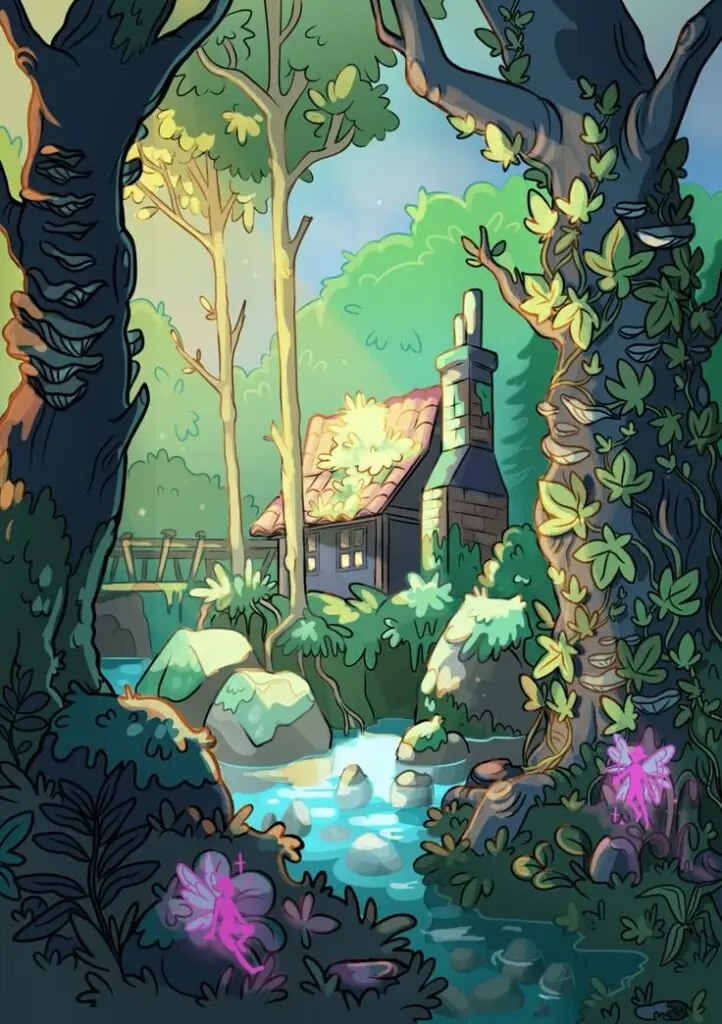
7) Fairy with Wings
Drawing a fairy with wings allows you to unleash your creativity. Start by sketching a delicate figure. Use soft lines to create an enchanting appearance.
Focus on the wings; they can be intricate or simple. Consider different styles, like butterfly or dragonfly wings. Pay attention to the details, such as patterns and textures.
Choose a whimsical outfit for your fairy. Flowing dresses and floral accessories enhance the magical vibe. You can experiment with colors that evoke a mystical atmosphere.
Setting the scene is important. Place your fairy in a natural environment, like a forest or garden. Adding elements like flowers or mushrooms can enrich the composition.
Consider the pose of your fairy. A playful stance or a gentle gesture can convey personality. This adds life to your drawing, making it more engaging.
Finally, don’t forget to shade and highlight. This will give depth to your drawing. Adjusting light sources can make your fairy look more three-dimensional.
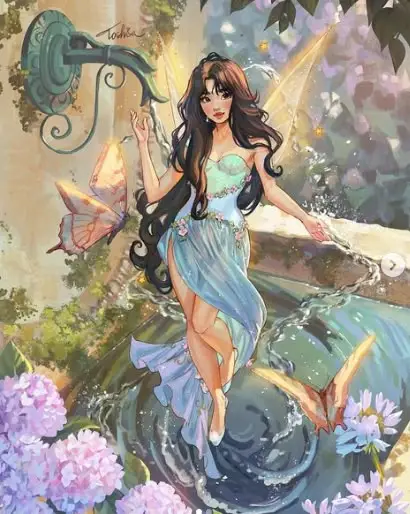

Understanding Drawing Basics
Drawing is an accessible and enjoyable skill that requires some foundational knowledge. You will benefit from familiarizing yourself with essential tools and the fundamental techniques of sketching to elevate your artwork.
Essential Tools for Beginners
Having the right tools can significantly enhance your drawing experience. Here are some must-haves:
Pencils: Start with a range, including H (hard) and B (soft) pencils. H pencils are great for fine lines, while B pencils produce darker, softer lines.
Erasers: A kneaded eraser allows you to lift graphite without damaging your paper. A vinyl eraser is great for cleanly removing pencil marks.
Paper: Choose sketch paper that suits your style. Heavier paper works well for detailed drawings, while standard sketch paper is suitable for quick sketches.
Sharpener: A quality sharpener keeps your pencils in optimal condition for precision.
Using these tools effectively will set a strong foundation for your drawing skills.
Fundamentals of Sketching
Developing your sketching skills starts with understanding a few key concepts.
Lines and Shapes: Begin with simple shapes. Break down complex images into basic lines, circles, and squares. This helps in outlining your subject accurately.
Shading: Practice various shading techniques, such as hatching and cross-hatching, to add depth to your drawings. Use softer pencils (B) for darker shades.
Proportions: Learn to observe and replicate proportions accurately. Measuring with your pencil can help maintain proper sizing.
Gesture Drawing: Engage in quick sketches of moving subjects. This enhances your ability to capture dynamic poses and improve fluidity in your work.
Focusing on these fundamentals will significantly boost your confidence and ability in drawing.
Incorporating Style and Personal Touch
Your unique drawing style can set your work apart. Adding personal elements allows for greater expression and connection to your art.
Exploring Different Drawing Styles
Experimenting with various drawing styles can enhance your creations. You can choose from realistic, cartoonish, minimalist, or abstract approaches. Each style has distinct characteristics that influence how your drawings are perceived.
- Realistic: Focus on accurate proportions and details.
- Cartoonish: Use exaggerated features for a playful effect.
- Minimalist: Simplify elements for a clean appearance.
- Abstract: Explore shapes and colors without adhering to realism.
Identify which styles resonate with you. Combining techniques often yields interesting results. For example, a cartoon character with realistic shading adds depth and uniqueness.
Adding Unique Elements
Incorporating unique elements into your drawings personalizes your work further. This could include specific colors, patterns, or cultural symbols that are meaningful to you.
Consider these ways to make your drawings distinctive:
- Color Palettes: Choose colors that evoke emotions or memories.
- Patterns: Integrate decorative patterns that reflect your style.
- Personal Symbols: Add elements that signify your life experiences.
These additions will enrich your art and establish a stronger connection with viewers. The blend of personal touches and style creates a narrative that resonates on multiple levels.
- 1.6Kshares
- Facebook0
- Pinterest1.6K
- Twitter0
